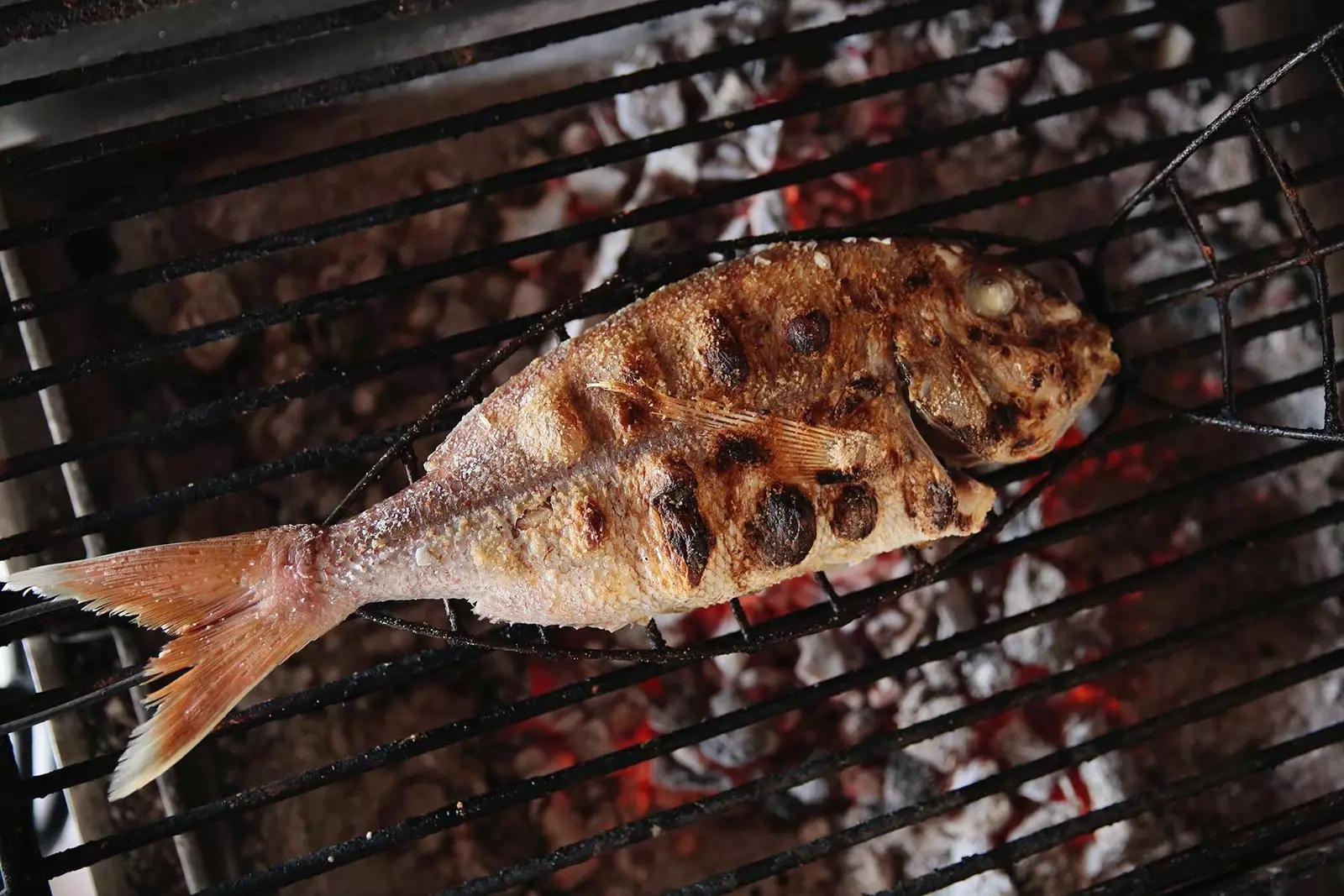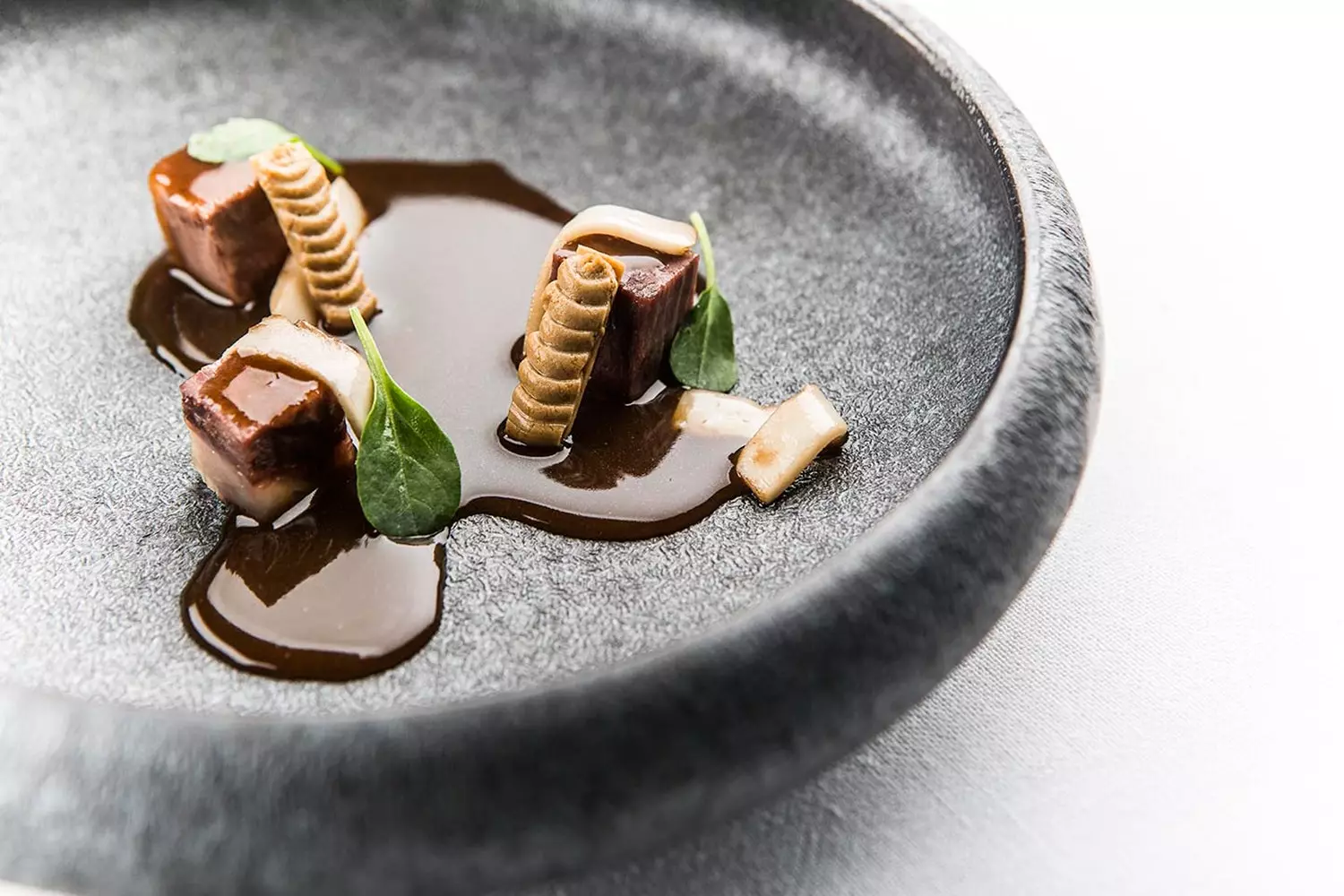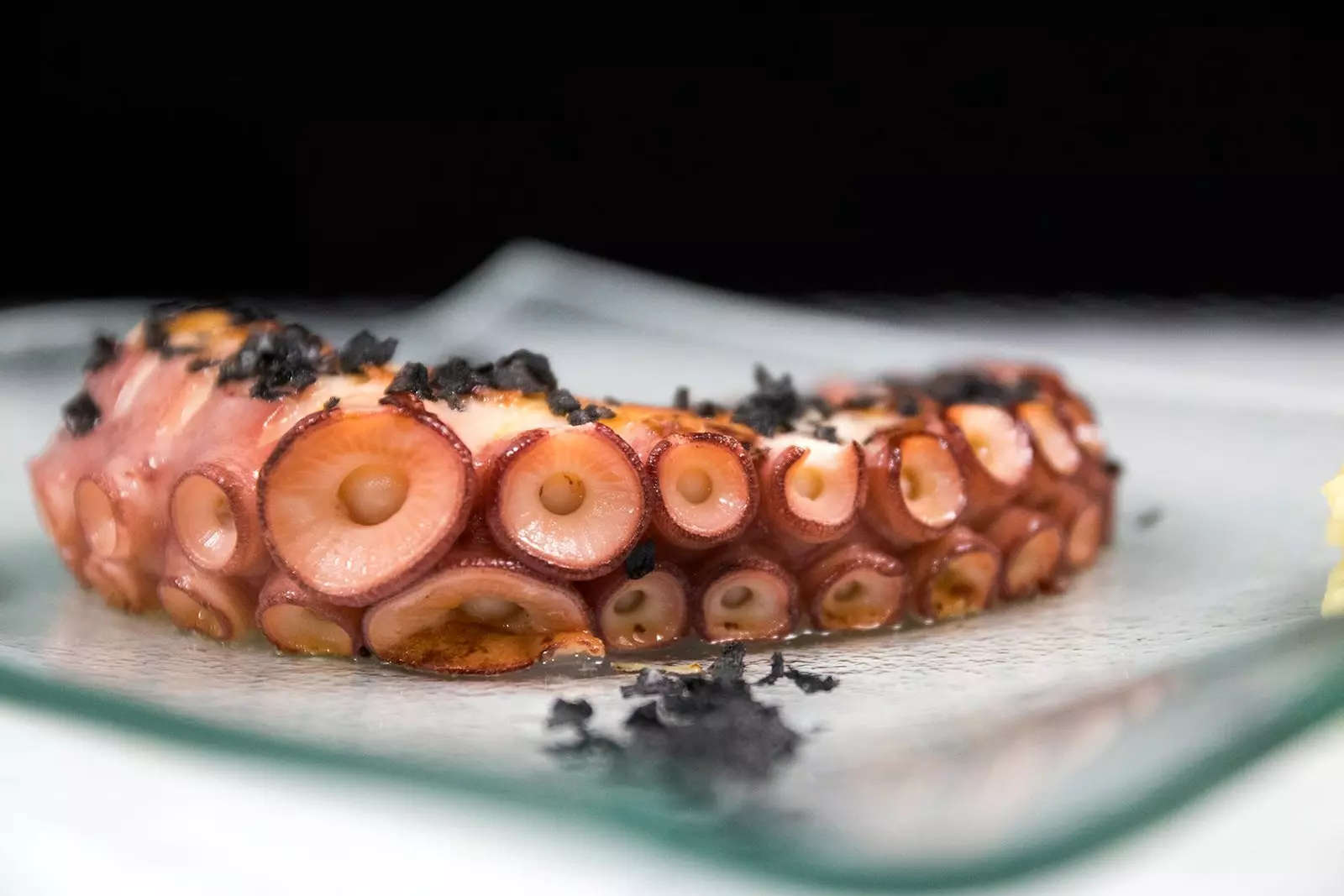
house brand
Who was going to tell us not so long ago: that Andalusia was going to be the one to sow the ground, after San Sebastián and Catalonia, of the third gastronomic revolution. Who was going to tell us that it was going to be in the south and not by the hand of a creative 'genius', but by an army of honest eating houses and that 'middle class ’ which should always have been the one to pull this car called gastronomy.
Of course Andalusia never left, but it is true that his steps around what we call 'haute cuisine' have been prudent , sticking to that so little called common sense.
And it is that in Malaga, Cadiz or Huelva they never forgot the kitchen of territory, memory and cupboard. Perhaps it is because history in the south is synonymous with miscegenation and coexistence between cultures (Roman, Muslim, Christian and secular) that are sometimes so opposed - perhaps that is why this anarchy of flavors, smells, landscapes, spices and cuisines. From the tapa as a vital symbol to the most creative avant-garde, from the most hedonistic beach bar to the temple of the product, from the neighborhood tavern (with boots, because otherwise it's not a tavern) to the bars where you can greet the day with a muffin of Antequera.
Andalusia is exuberance and testament to a way (ours, the Spanish) of understanding life and pleasure, a way of understanding the world absolutely linked to the table.
“Agriculture, livestock and fishing in Andalusia have been a sure subsistence value that provides us with a rich and unique pantry ever since. From the coastal and marine front that connects us with the outside to the earthy rearguard and Despeñaperros that joins us to the interior, in this wide space, a recipe book has been developed over centuries which gives rise to our multiple kitchens: the seafood and fish stew, the one with its fried foods and stews, the one with orchards and gazpachos, the one with cattle and mountains, the one with mountain and game, the one with dehesa and Iberian ham, the one with almadraba and tuna, the one with olive groves and oil, the one with vineyard and winery, that of the tropics and fruit, that of grazing and cheese, that of marsh and rice. And, to finish off the task, that of bullfighting and its tails. For dessert, the one from our candy store everywhere” . These are the beautiful words of **Fernando Huidobro, no-nonsense gastronome and president of the Andalusian Academy of Gastronomy and Tourism**, that agora (I cannot see it any other way) that is doing so much and so well for understanding and promoting of all cuisines, without prejudice or debt. I wish more academies like this.
But why now? This reality coincides with a certain weariness of the public, the press and the 'world' before the closed menu, the demise of the menu and the endless pairings around that monument to the chef's creative ego called the tasting menu. The 'gastro-foolishness' has bottomed out and the customer is not stupid, although we often seem so.
Also, due to the obvious “Andalusia's concern to recognize and show its culinary roots , its land, its sea and its fruits, it is no coincidence that in 2017 it was the leading gastronomic destination for national tourism”, speaking is Álvaro Muñoz, the man behind Málaga Gastronomy Festival, that festival about culture and gastronomic fun that is already one of the essential appointments of the gastronome.

The revolution is already here
Why now? “The maturity of a series of cooks, mostly from the generation of the 70s, who lead an excellent group in the culinary field and serve as a guide for the new generations," continues Muñoz.
Do not hesitate to also talk about "the rise of traditional producers and quality artisans, many of them young people who have taken up the sacrificial satisfaction inherited from their elders: we are talking about farmers, collectors or artisan producers, unrelated to the chemical, industrial and intensive, that firmly strengthen the link between territory and restoration, being a fundamental link in the transmission of the values of Andalusian gastronomy in years to come".
But there is more: the wide heterogeneity of existing ecosystems . "The enormous quality agricultural and fishing biodiversity is key throughout this cyclone. Looking at the sea, for example, it is hard to imagine what Aponiente, FM, Dani García, Los Marinos, Bardal or Cataria would be without the shrimps, borriquetes, bluefin tuna ", moray eels, ortiguillas or thin shells from the Alboran Sea or the Strait. It is in that relationship between producers + collectors + cooks + sommeliers where perhaps I see a small incipient revolution...", he concludes.

Superb product on the table
It is difficult to look at the Andalusian gastronomic reality and not tremble with emotion. Large gastronomic restaurants such as Aponiente, Skina, Dani García, Bardal in Ronda, Mantúa in Jerez, Sollo by Diego Gallegos, Noor by Paco Morales, Alevante in Sancti Petri, La Costa in El Ejido or Alejandro in Roquetas de Mar. product cathedrals such as Cataria, Bar FM, Los Marinos José in Fuengirola, Antonio Restaurant in Zahara de los Atunes, el Campero, Cañabota and Alhucemas in Seville or Las Rejas on Bolonia beach. Vibrant food houses such as La Cosmopolita by Dani Carnero, Bagá by Pedrito Sánchez, LÚ Cocina and Alma by JuanLu Fernández, Tribeca, Refectorium, Tragatá, La Salina in Fuengirola, Azabache in Huelva, Miguel's Tavern in Bailén or Arte de Cozina by Charo Carmona, in Antequera. And as, bars and beach bars such as Lobito de mar, Casa Pepe in Jaén, the Chef del Mar tavern, Taberna der Guerrita, El Faro in the La Viña neighborhood or La Milla in Marbella.
How not to look south...
